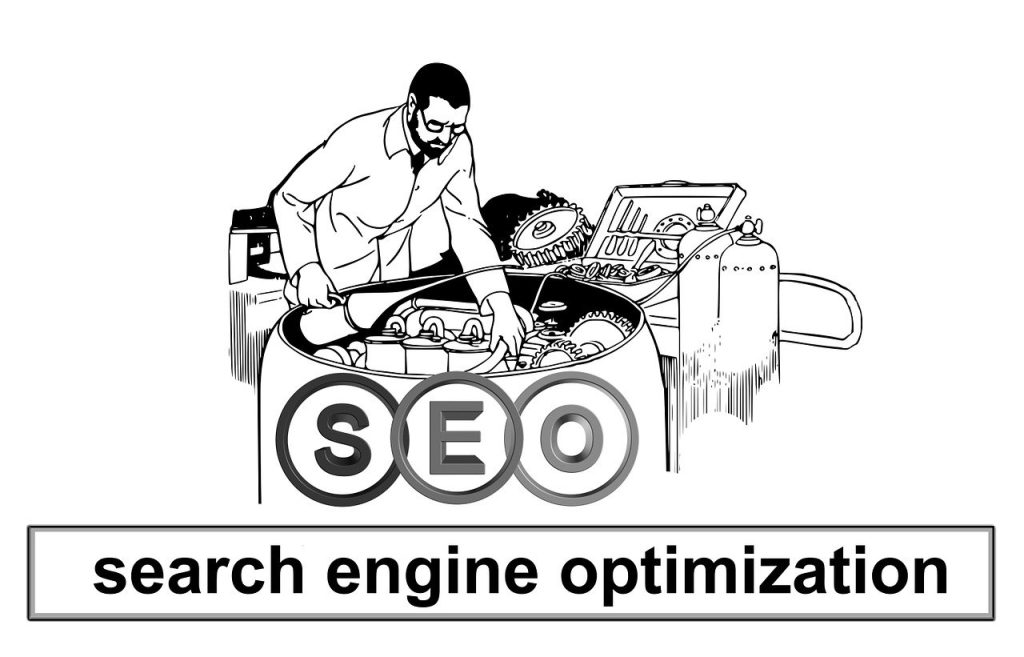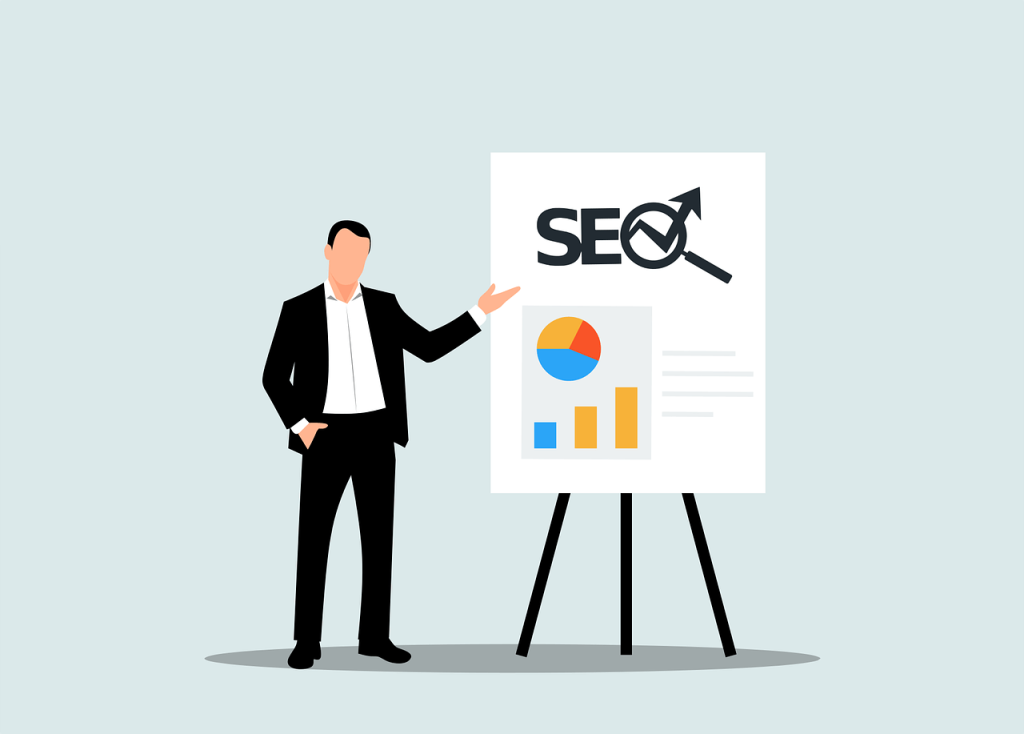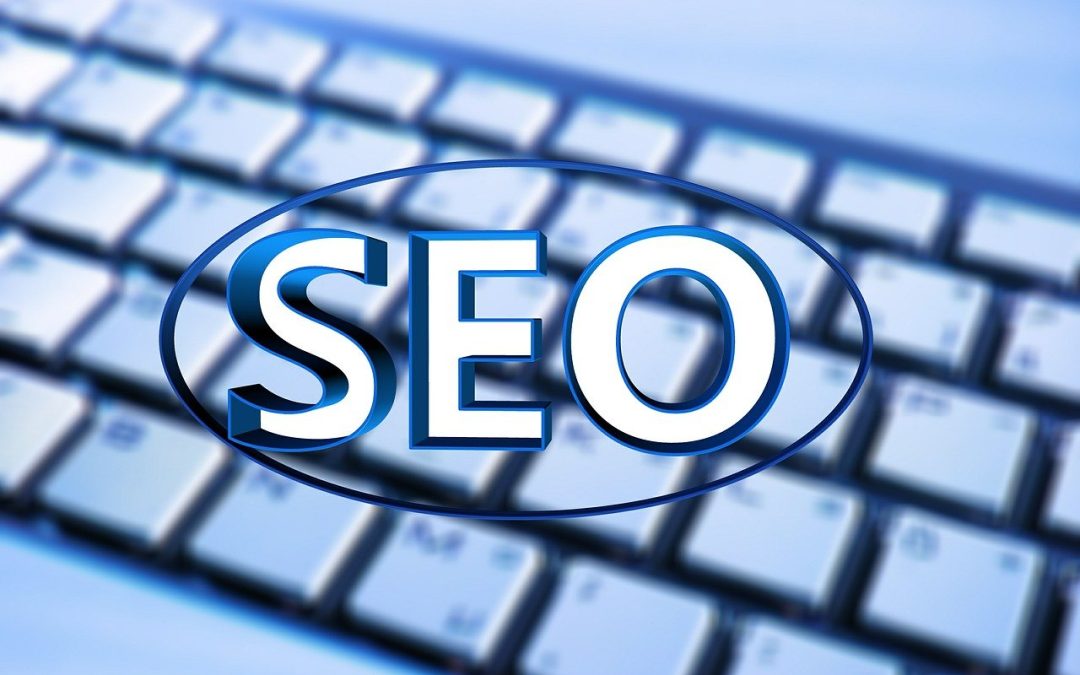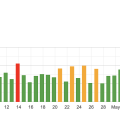In the fast-paced world of digital marketing, the speed of your website plays a crucial role in determining your search engine ranking and, ultimately, your success. The article “How Does Site Speed Affect SEO?” delves into the intricate relationship between how quickly your site loads and how well it performs in search engine results. You’ll explore the impact of site speed on user experience, bounce rates, and crawl efficiency, gaining insights into why a faster site can significantly enhance your visibility and attract more organic traffic. Have you ever found yourself waiting impatiently for a web page to load? You stare at the screen, waiting for ages, and then you finally give up and move on to a different site. Yep, we’ve all been there, and it’s frustrating! But what if I told you that this impatience isn’t just a minor inconvenience but a critical factor in how search engines rank websites? That’s right, site speed affects SEO. Let’s dive deep and uncover the relationship between these two crucial elements.

What Is Site Speed?
Defining Site Speed
Site speed refers to how quickly your website loads and displays content to users. This might seem straightforward, but it encompasses various components. It includes the time it takes for the first byte to reach the user’s browser, the loading time of individual elements like images and scripts, and the overall time it takes for the entire page to be usable.
Components of Site Speed
Understanding what affects your site’s speed can seem like unraveling a ball of yarn. Here are some main factors:
- First Contentful Paint (FCP): The time it takes to render the first piece of content on your page.
- Time to Interactive (TTI): When your website becomes fully interactive for the user.
- Total Blocking Time (TBT): The total duration summed up if the main thread was blocking the user from interacting with the page.
Here’s a simple table to summarize these components:
| Component | Description |
|---|---|
| First Contentful Paint (FCP) | The time when the first piece of content is rendered |
| Time to Interactive (TTI) | The moment your page is fully interactive |
| Total Blocking Time (TBT) | The sum of all periods where the main thread was blocked |
The Connection Between Site Speed and SEO
Google & Other Search Engines
Google announced back in 2010 that site speed is a ranking factor. This means it plays a role in how high your website appears in search engine results pages (SERPs). The faster your site, the better it generally fares in rankings. Google uses its crawling bot to index your website, and if it encounters slow pages, it might not index everything efficiently, further impacting your SEO.
User Experience and Behavioral Metrics
Speed doesn’t just affect how search engines perceive your site; it significantly impacts user experience. When people abandon your slow-loading site, metrics like bounce rate and dwell time shoot up. These behavioral metrics signal to search engines that your site may not provide the best user experience, indirectly affecting your SEO.
Mobile-First Indexing
With more users accessing websites on mobile devices than ever before, Google has shifted to a mobile-first indexing approach. This means it primarily uses the mobile version of your site for indexing and ranking. If your mobile site is slow, expect to see declines in your SEO performance.
How Slow Site Speed Can Harm Your SEO
Increased Bounce Rate
A high bounce rate is the percentage of visitors who leave your website after viewing only one page. Slow site speed can significantly inflate your bounce rate. People just don’t have the patience to wait.
Lower Average Session Duration
When your site is slow, users are less likely to stick around and explore. Lower average session duration can negatively impact how Google views your site’s quality, which again affects your SEO.
Decreased Crawling Efficiency
Search engines deploy crawlers to index web pages. Slow-loading pages consume more crawl budget, meaning fewer pages of your site get indexed, which can undermine your SEO strategy.
Impact on Conversion Rates
While not directly an SEO metric, poor site speed impacts conversion rates. Lower conversions can decrease revenue, reduce your marketing budget, and further hinder your SEO efforts.
How to Test Your Site Speed
Google PageSpeed Insights
One of the most popular tools for checking site speed is Google PageSpeed Insights. It evaluates your website’s performance on both desktop and mobile devices. Plus, it provides actionable recommendations to improve site speed.
Other Tools
Beyond Google PageSpeed Insights, several other tools can help you gauge your site’s performance:
- GTmetrix: Offers detailed insights and recommendations.
- Pingdom: Focuses on monitoring and analyzing site speed.
- Lighthouse: An open-source tool from Google for auditing performance.

Steps to Improve Site Speed
Optimize Images
Images can be significant culprits in slowing down your site. Compress images to reduce their size without compromising quality. Tools like TinyPNG and ImageOptim can help.
Minify CSS, JavaScript, and HTML
By minifying files, you remove unnecessary characters like spaces and comments, making them smaller and quicker to load. Tools like UglifyJS for JavaScript and CSSNano for CSS can help.
Enable Browser Caching
When a user visits your site, elements like images or scripts are stored in their browser cache. This means when they revisit your site, these elements don’t need to be reloaded, speeding up your site.
Utilize Content Delivery Networks (CDNs)
CDNs distribute your content across multiple servers worldwide, so the user gets the content from the nearest server, reducing load times.
Improve Server Response Time
Your server’s response time hinges on various factors, like the hosting service and the amount of traffic. Upgrading to a better hosting plan can make a notable difference.
Lazy Loading
With lazy loading, images only load when they enter the viewport. This means not all images need to load at once, speeding up the initial page load time.
Reduce Redirects
Redirects trigger additional HTTP requests and increase load times. Streamline your site to reduce the number of redirects.
The Role of AMP
What is AMP?
AMP stands for Accelerated Mobile Pages. It’s an open-source framework aimed at making pages load faster on mobile devices.
Benefits
Using AMP can improve site speed significantly, particularly for mobile users. Faster pages mean happier users and, consequently, better SEO performance.
Implementation
Implementing AMP involves creating a streamlined version of your existing pages. This often requires working with your web development team or utilizing plugins if you’re using CMS like WordPress.

Measuring and Sustaining Improvements
Regular Monitoring
Maintaining optimal site speed is an ongoing process. Regularly monitor your site’s speed using tools like Google PageSpeed Insights and GTmetrix to ensure consistent performance.
A/B Testing
Implementing changes without knowing their impact can be risky. A/B testing allows you to compare the performance of two different versions of a page to understand which one performs better in terms of speed and user engagement.
Review and Iterate
SEO and site speed optimization are continuous efforts. Regularly review performance data and make necessary iterations to sustain and further improve site speed.
Engage Experts
If you’re struggling to improve site speed, don’t hesitate to bring in experts. SEO specialists, web developers, and performance consultants can offer valuable insights and technical skills.
Conclusion
Improving your site’s speed is more than just an exercise in patience; it’s a critical aspect of your overall SEO strategy. With search engines focusing increasingly on user experience, a fast-loading site isn’t just nice to have—it’s essential. By understanding the factors that affect site speed and implementing strategies to optimize it, you can enhance your site’s performance, improve user experience, and boost your SEO rankings. So next time you find yourself twiddling your thumbs waiting for a page to load, remember: the faster your site, the better its SEO.
So, what are you waiting for? Start optimizing your site speed today and watch your SEO efforts pay off!











